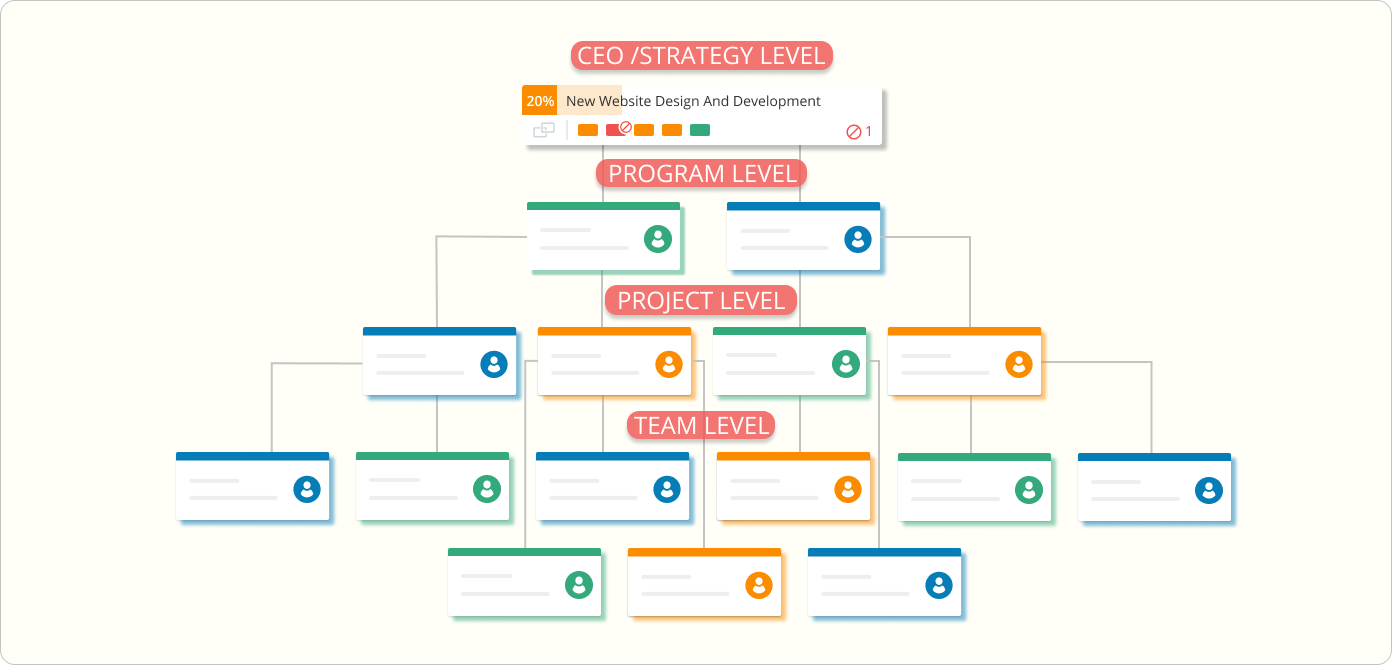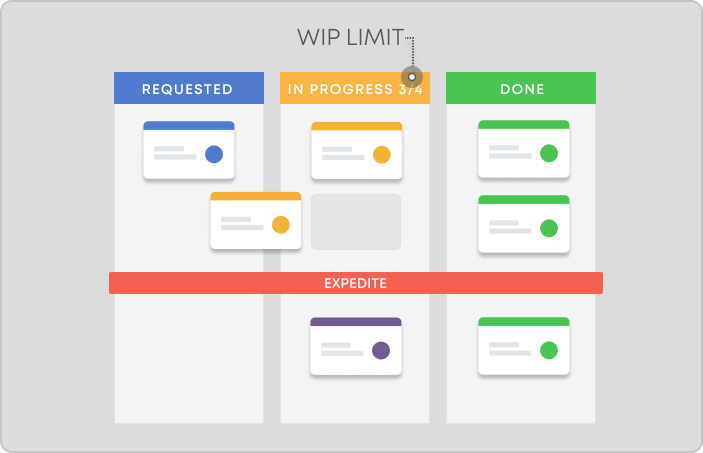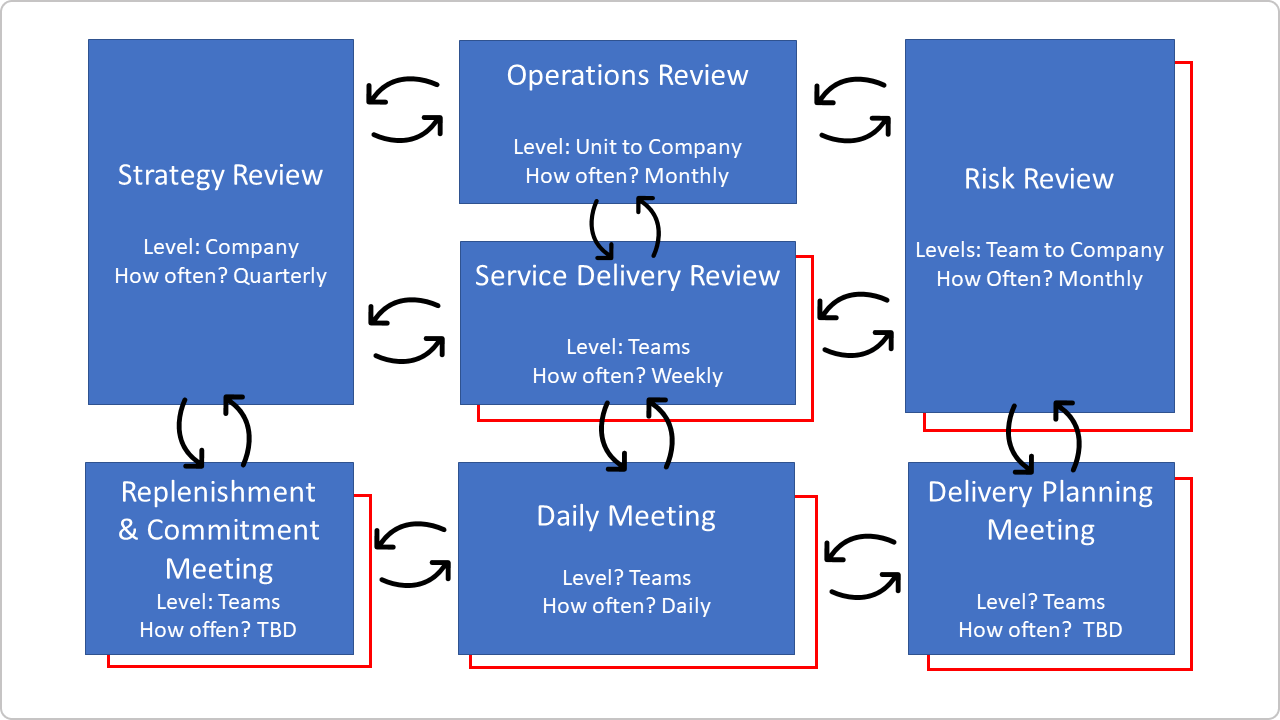An OKR is an acronym for Objectives and Key Results, and it is one of the most famous goal-setting strategies today.
In a nutshell, the objectives are a company or team's top priorities for achieving a business impact, while the key results are outcomes that measure how close you're getting to reaching it.
But how do you know if you're doing the right things to achieve your goals, and how can you adapt to changes? This is where OKR tracking comes into play.
And before you turn to OKR software, you need to plan how to create an effective OKR tracking system. Let's discuss this below.
What Is OKR Tracking, and Why Is It Important?
OKR tracking is the process of regularly reviewing your OKRs to make sure you’re doing the right things at the right time. This helps you understand the progress toward your goals and it's usually done with the help of monthly or quarterly check-ins.
Tracking OKRs is crucial because it allows you to keep an eye on goals across the organization and see what’s progressing or falling behind. But most importantly, tracking OKRs will enable you to quickly adapt to changes and avoid the problem of “setting and forgetting” your OKRs.
It’s important to note that you shouldn’t think of an OKR tracking system as a way to closely monitor your team’s goals and hold team members accountable if they’re falling behind. Instead, tracking OKRs gives you optimization insights, so you can collaborate with your teams to ensure you’re focusing on the right things to achieve certain goals.
What's The Best Way to Track OKRs? Here Are 6 Best Practices
Let's take a look at some best practices to effectively track your OKRs below.
1. Define Ownership
One of the best ways to create an OKR tracking habit and avoid the trap of “set and forget” is to define ownership of your OKR program. While tracking and reporting on Objectives and Key Results is shared by all levels of the organization, it’s still a good idea to have someone on your team with the responsibility to “facilitate” the whole process.
In this case, two roles are usually defined – Champions and Ambassadors (team leaders/managers).
What is the Champion's Role?
Every company will have a different OKRs tracking cycle. And when it comes to setting goals, the champion is the person who should be involved in the process.
In addition, the champion will foster advocacy and drive participation in the program at all levels of the company. Champions:
- Foster transparency through OKRs across all organizational levels
- Establish OKR training sessions and promote best practices
- Share OKR status and encourage discussions through feedback loops to adapt emerging changes in the business priorities
What is the Ambassador's Role?
As an ambassador, the team manager will also act as a teacher and advocate for OKRs within the team. They will help teams stay on top of their OKRs and minimize all possible risks associated with falling behind them.
The role of the ambassador is to ensure the team reaches its goals, stays focused, and removes roadblocks.
In terms of tracking, ambassadors can facilitate monthly or quarterly (for example) OKR reviews. They gather insights from these check-ins on a team level and communicate relevant information to stakeholders or higher-level management.
2. Maintain a Regular Schedule for Tracking Results
The best way to ensure progress and review real-time results is to review OKRs on a regular basis. Set up daily, weekly, or biweekly OKR tracking meetings to discuss them as a team.
3. Ensure Transparency of your OKRs
Regular company OKR updates should be shared among all employees. Everyone in the company should be aware of the company's goals and how they are going to reach them. The company's goals and objectives can be discussed at company and team meetings.
4. Define The Importance and Priority of Each Key Result Through Scoring
The effort required for each Key Result is different. In OKR tracking, a common practice is to assign grades to each Key Result at the end of each quarter. Scores fall between 0 and 1.0, and the average value is between 0.6 and 0.7. However, OKR scoring might get too complicated if your organization is big and you have many OKRs on different levels. In this case, it might be better to use value-based Key Results and just measure them.
5. Discuss the Most Important Lessons Learned During the Process
When reviewing OKRs, it is essential to look at not just what was achieved but also what was learned in the process. For example, you may have set a Key Result to increase email subscribers to your company's blog by 25%, but you only achieved 17%. The team can use this information to learn why this Key Result did not meet expectations.
6. Choose the Right Tool that Supports OKR tracking
This step includes buy-in from the majority of your organization. Nowadays, there are a lot of digital solutions available. So you can look for a tool that helps you visualize work, display OKRs on team and management levels, and track progress across the whole organization.

A dedicated OKR tracking tool can help you understand how close you're getting to achieving your goals
How to Track OKRs in Practice? Enter Kanban
If you're unfamiliar with Kanban, it's a workflow management method that uses Kanban boards to increase transparency across your workflow and optimize delivery.
So, how a work management approach can help enable better OKR tracking in practice? Let’s discuss this below.
Visualization: Track OKRs & Work Across Management & Team Levels
Applying the Kanban method for the visualization of all work activities creates an environment where everyone is on the same page. We should mention here that it’s a common misconception that this visualization works only at the team level.
In fact, Kanban allows you to scale it across all management levels so you can achieve full transparency inside your organization’s strategy.
As a result of this visibility, you can create a central hub where you put on display all strategic and team-level OKRs. This global view creates room for a straightforward evaluation of the ongoing efforts toward fulfilling your company goals.
For instance, we use Portfolio Kanban boards to map and track progress on our high-level objectives and key results.
This acts as a work management hub where we can see our strategic initiatives at a glance and then use a network of Kanban boards to visualize their breakdown across multiple teams.
 Cascading centralized work management hub
Cascading centralized work management hub
Connect OKRs With Actual Work Activities
To effectively track OKRs and gain insights about optimization potential, you should consider both your work and goals’ progress. This enables you to keep an eye on the activities that contribute to driving your OKRs forward.
So, once you’ve visualized your OKRs, it’s a good practice to start connecting them to the actual work activities (initiatives, projects, tasks, etc.) that will contribute to achieving them.
In our practice, we connect the above-mentioned Portfolio Kanban boards to team Kanban boards. This helps us align company-level with team-level OKRs and break down goals into activities that produce an output.
The idea is to track work and OKR progress altogether, so we can determine how teams contribute to the most important business priorities.
 Visualizing objective and key results (Outcomes) progress on a Kanban card
Visualizing objective and key results (Outcomes) progress on a Kanban card
Limit WIP: Enable Better OKR Tracking by Improving Focus
One of Kanban’s main practices is to limit your work in progress, so you can “start finishing and stop starting”. The same idea can be applied to your OKRs.
 Limiting WIP helps improve focus
Limiting WIP helps improve focus
Imagine that you’re constantly coming up with new ideas and initiating new OKRs as a result. On the one hand, you will be continuously abandoning OKRs that are already in progress, and on the other, you will need to track too many things, which creates chaos. Undoubtedly, this will harm any efforts to achieve your goals.
So, just like restricting how many things you work on simultaneously improves productivity, limiting the number of active OKRs can increase your chances of reaching your goals. This practice helps you boost your focus and track only the most important OKRs at a given moment.
Feedback Loops: Adapt to Changes Regarding your Goals
Without regular feedback loops and check-ins, it will be hard to track OKRs properly and ultimately adapt to a changing environment. Fortunately, Kanban has something to offer here too.
With the help of the Kanban cadences, you can achieve a symbiosis between your organizational levels and track progress toward your goals. Let's take a look at two examples of those cadences below.
The cadences designed for strategic management, such as the Strategy Review, provide insights into your objectives and high-level key results. They answer questions such as whether you are moving toward fulfilling your goals and if you need to change course to satisfy new clients or market requirements.
The Service Delivery Kanban cadence can help you track the workflow performance of your team or multiple teams. During those meetings, team members can review their team-level OKRs to ensure they remain aligned with the strategic direction. A good practice to get further insights into the team’s progress rhythm toward completing their OKRs is integrating KPI meetings and Service Delivery cadences.
 Kanban Cadences
Kanban Cadences
Both cadences help you to track OKRs on different levels. Strategy reviews track your strategic OKRs by discussing if you are achieving your strategic goals and moving in the right direction as a whole.
On the other hand, Service Delivery reviews deal with workflow performance and, in the context of OKRs, create a loop for you to analyze whether your teams are focusing on the right priorities at the right time.
We offer the most flexible software platform
for outcome-driven enterprise agility.
In Summary
Once you set your objectives and key results, tracking them will guarantee you understand how work moves forward. You will know if the processes are working well, or they need some adjustment, if the teams are motivated enough, or if you need to boost their engagement by fine-tuning your OKRs.
The best way to efficiently track your OKRs is to:
- Maintain a regular schedule for tracking results.
- Define ownership.
- Set the importance and priority of each Key Result.
- Choose a capable OKR tracking software.





 Cascading centralized work management hub
Cascading centralized work management hub Visualizing objective and key results (Outcomes) progress on a Kanban card
Visualizing objective and key results (Outcomes) progress on a Kanban card Limiting WIP helps improve focus
Limiting WIP helps improve focus Kanban Cadences
Kanban Cadences

